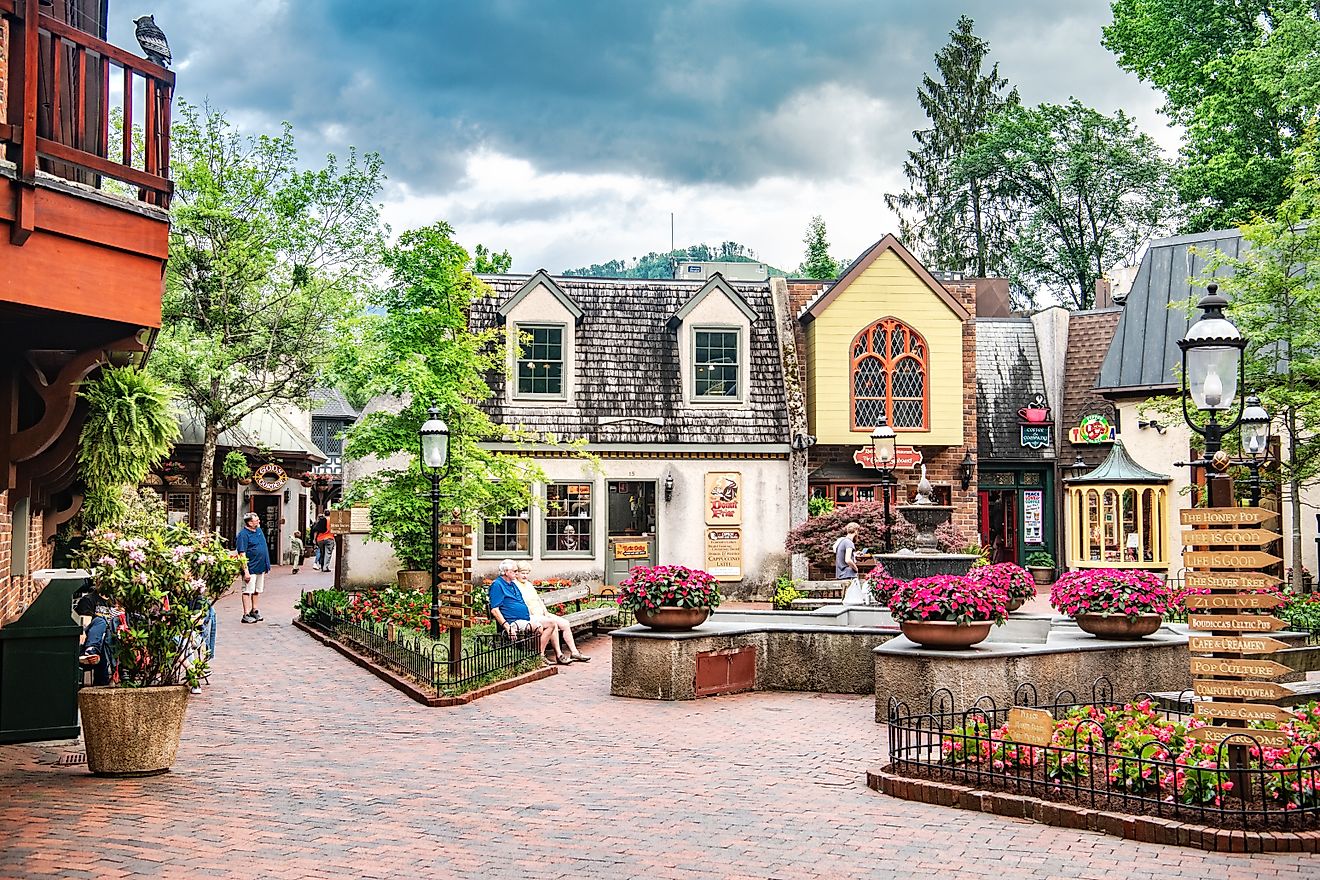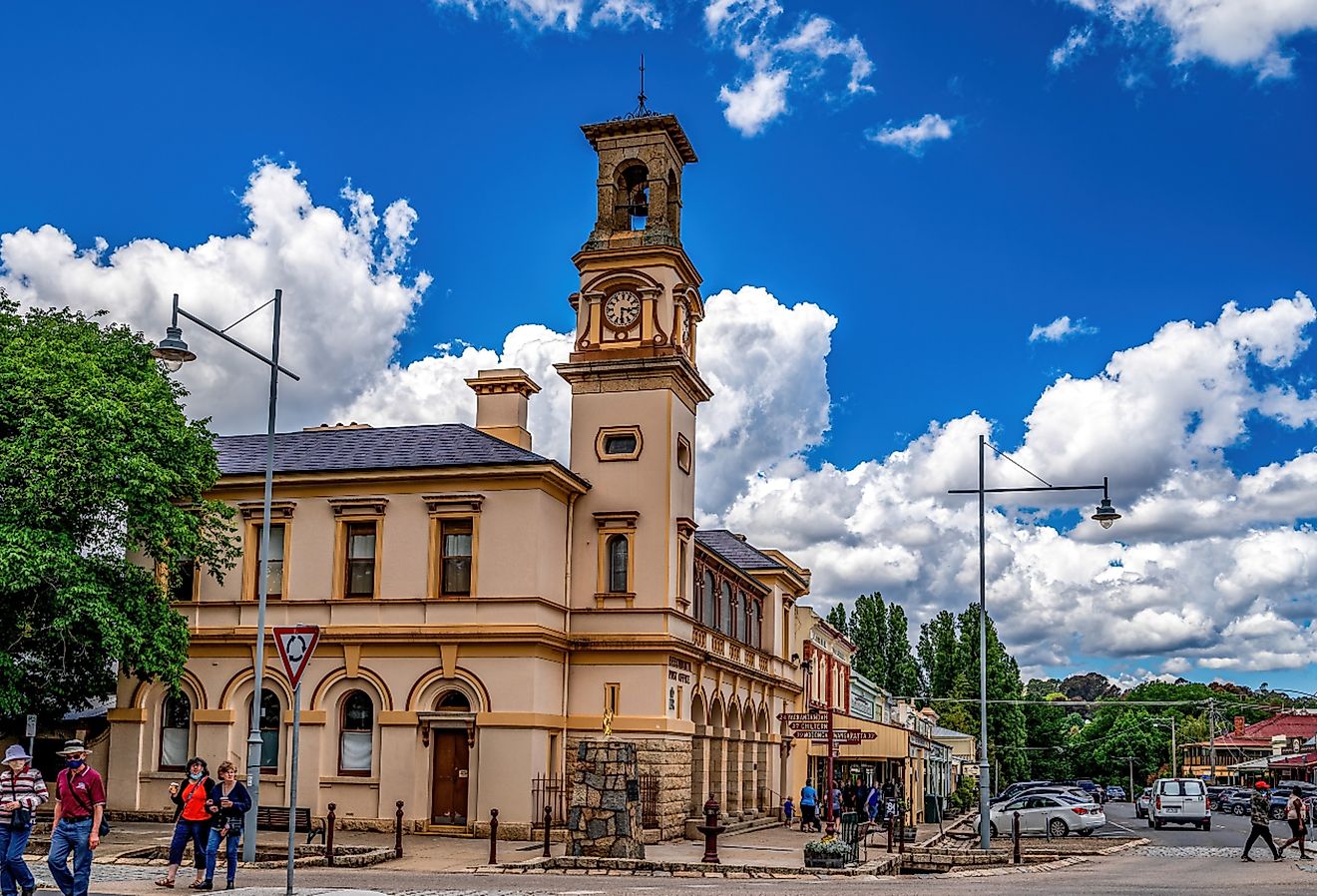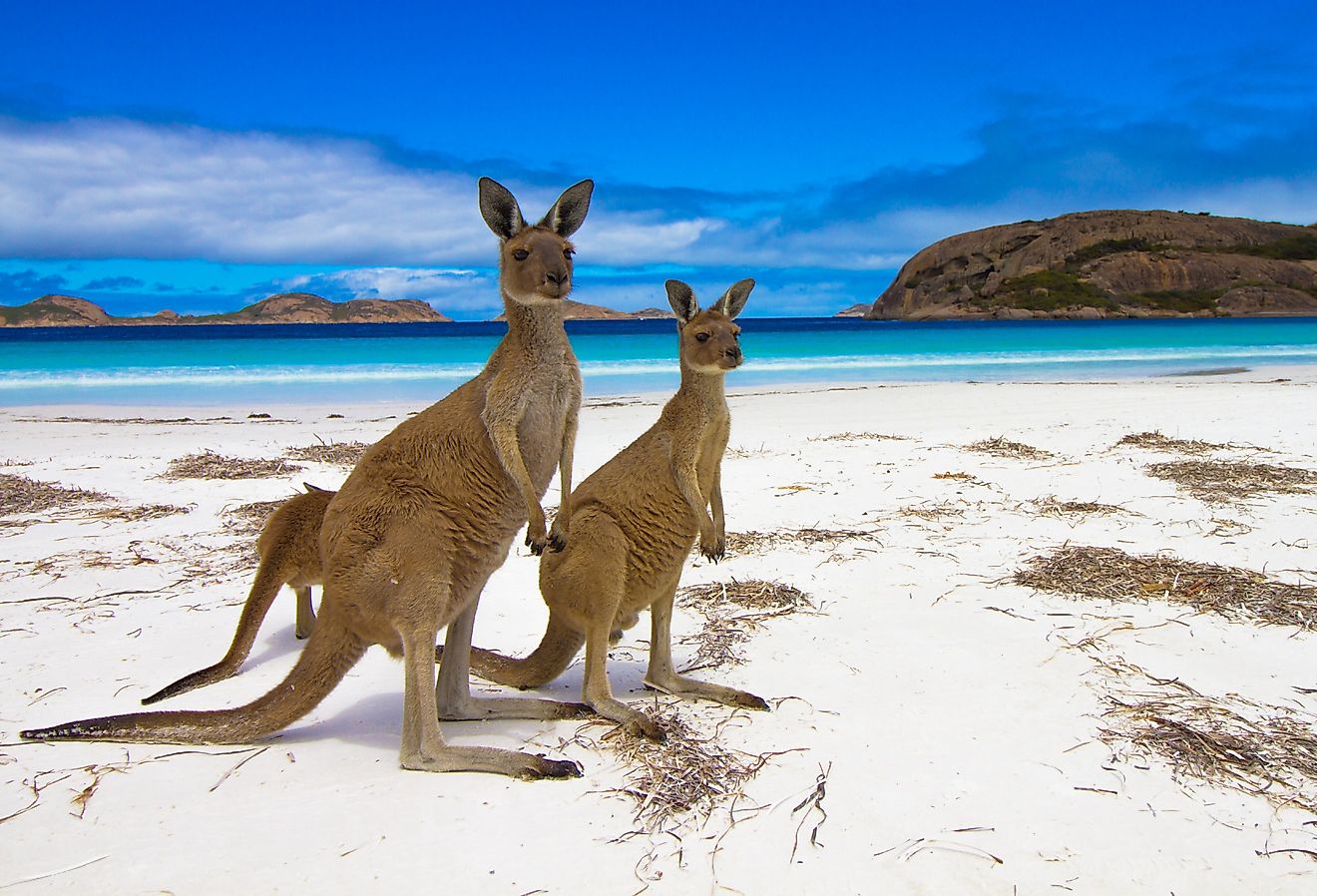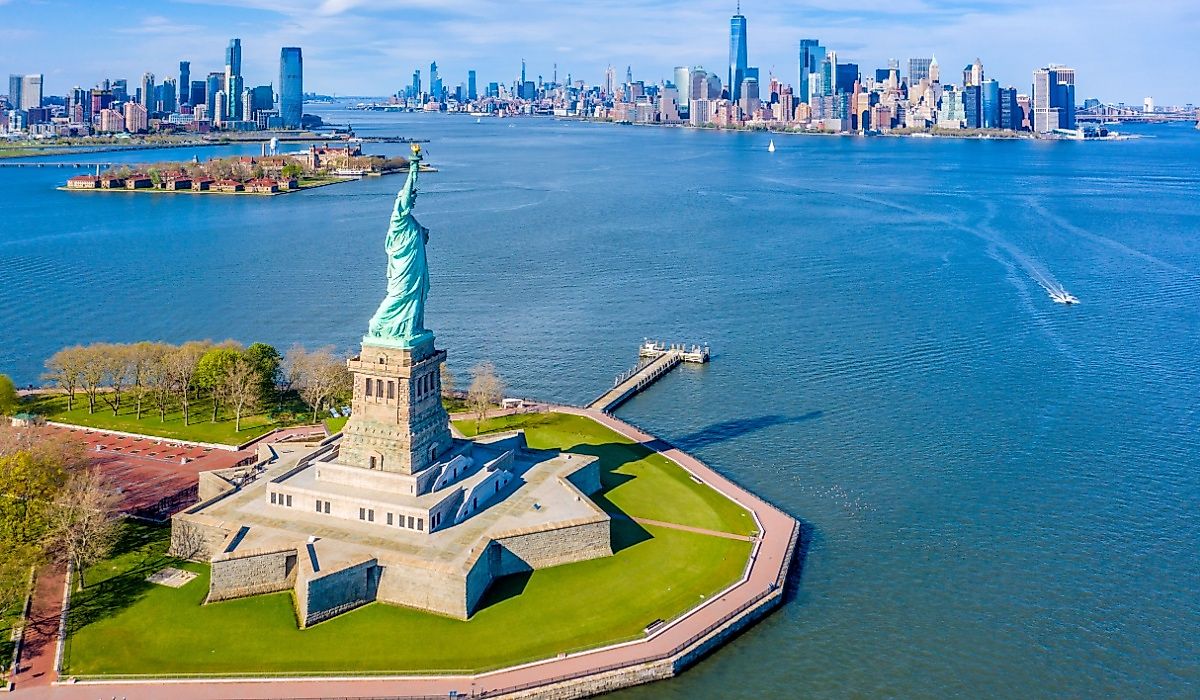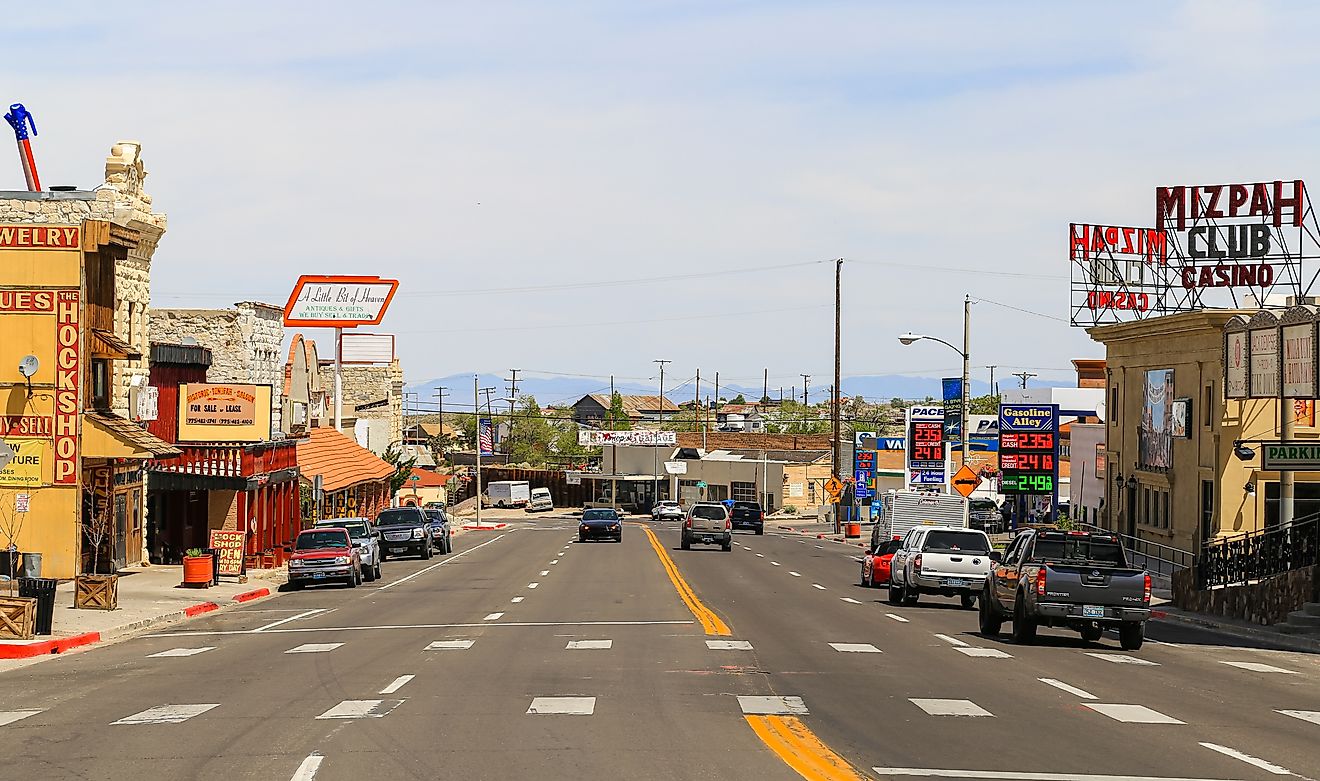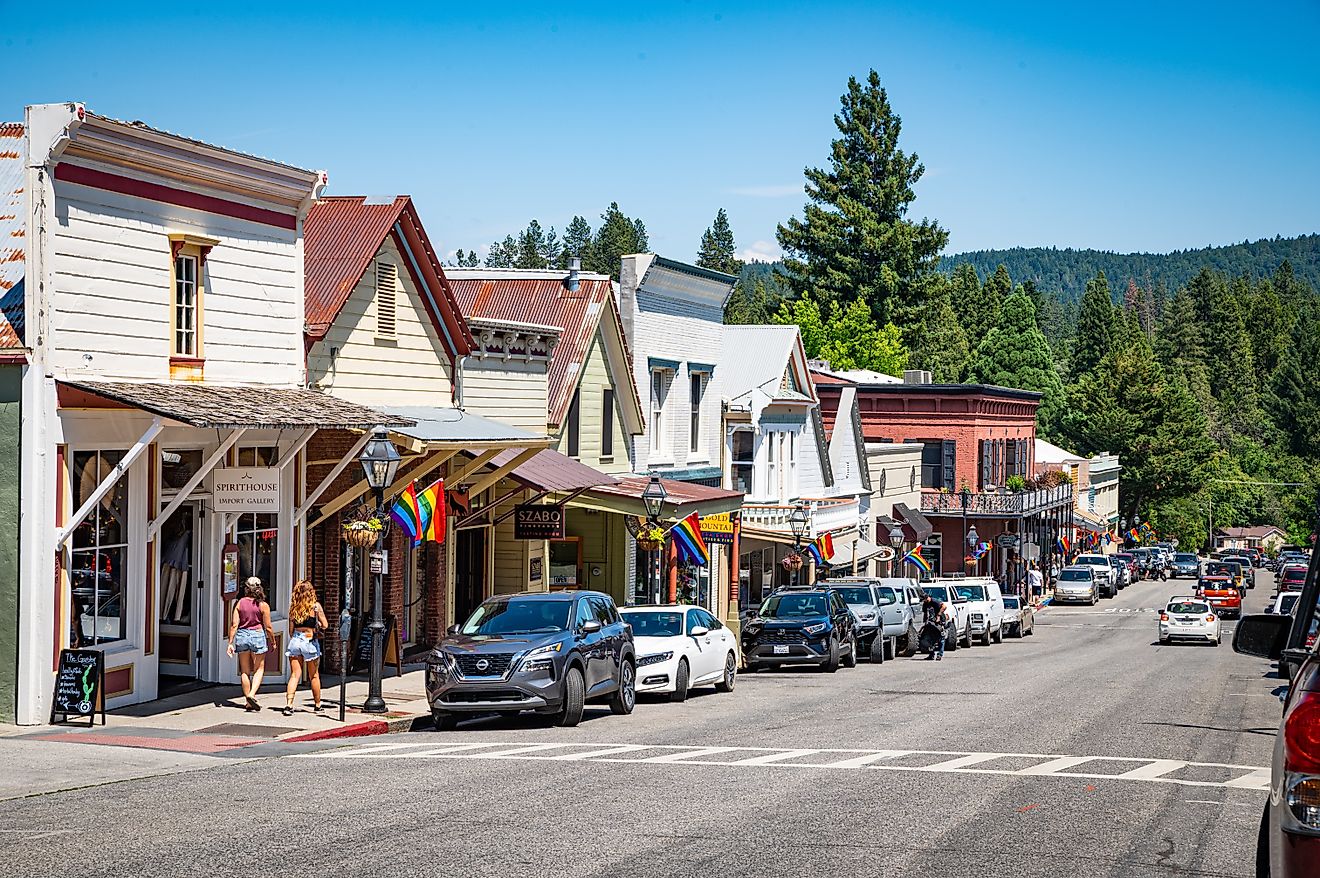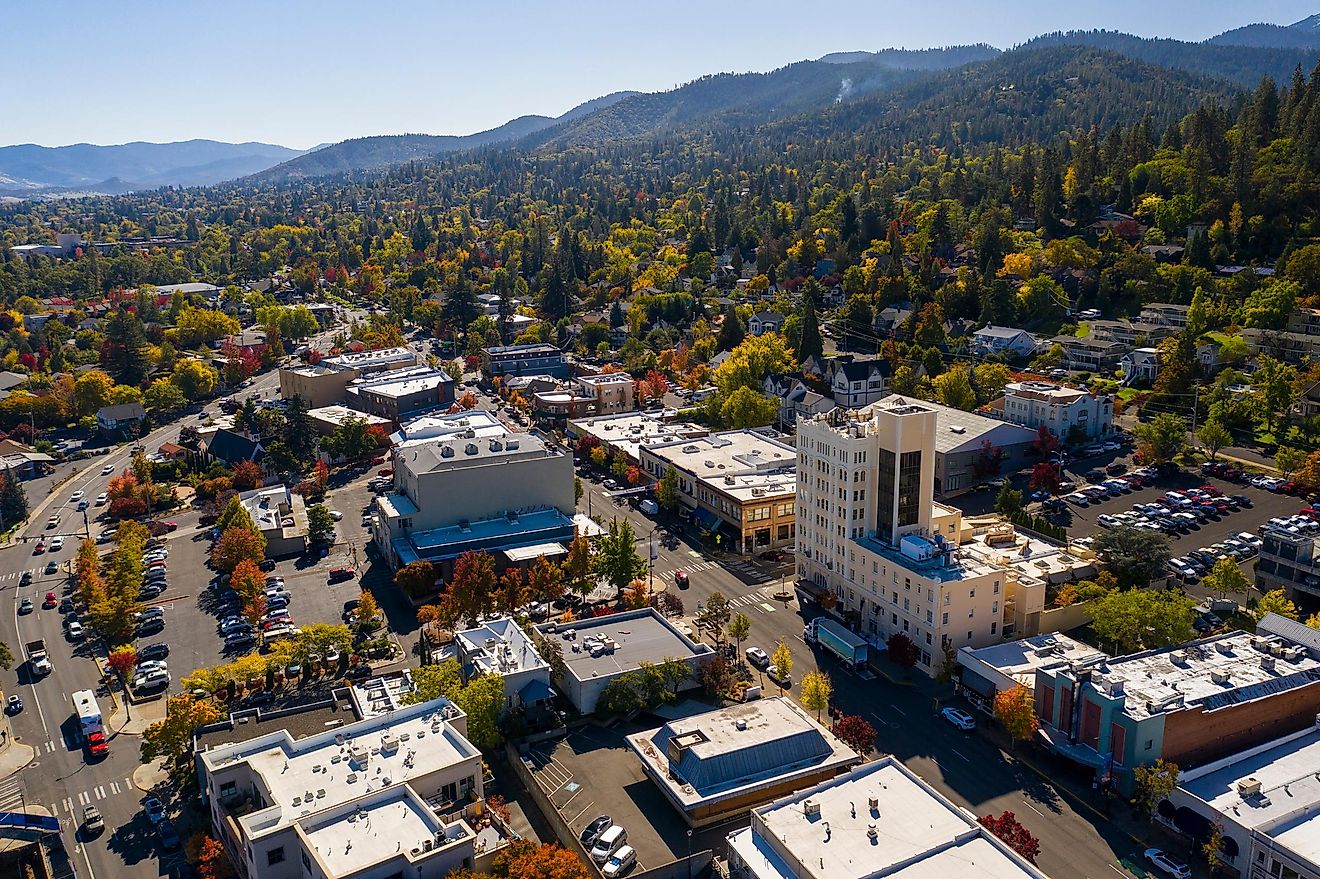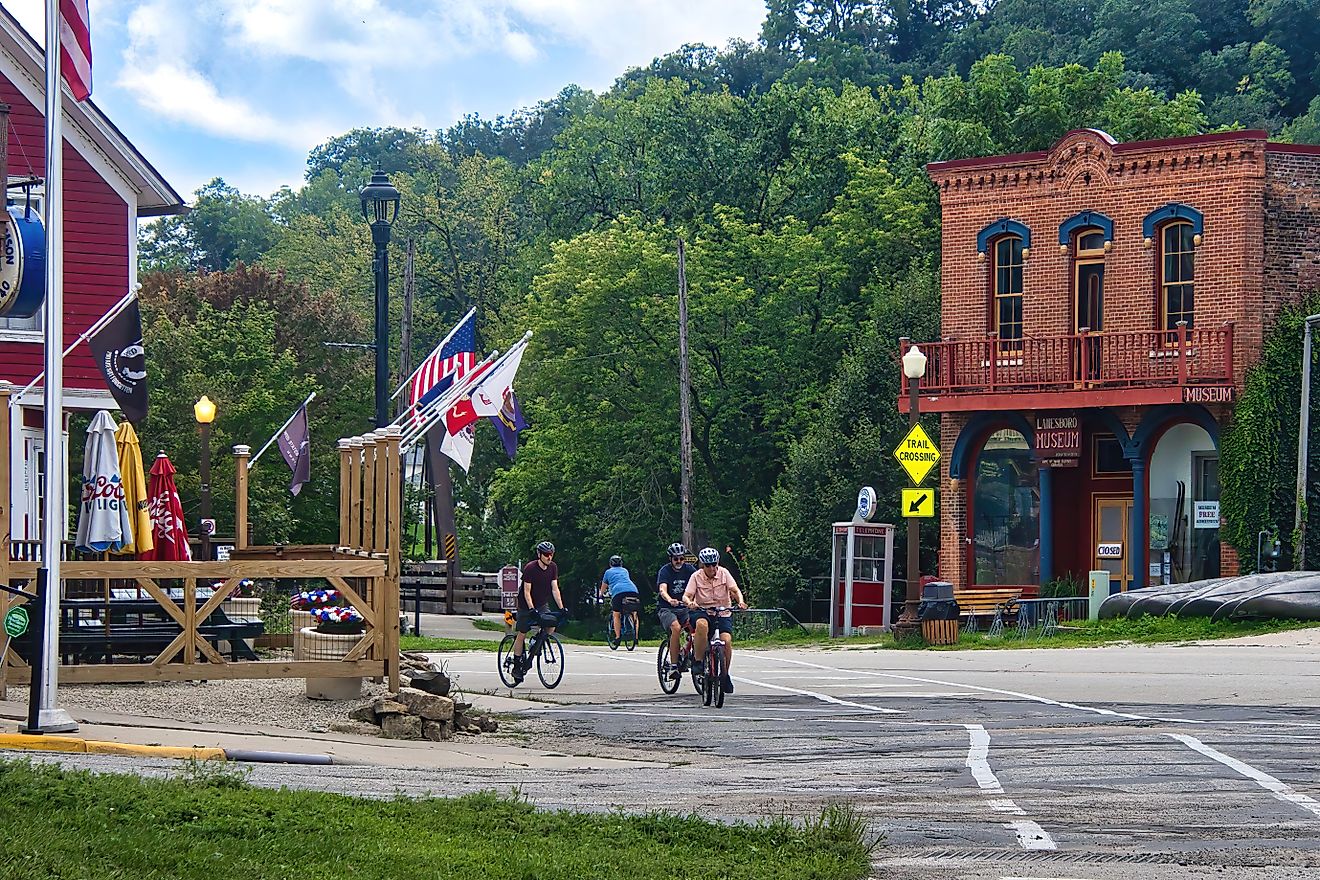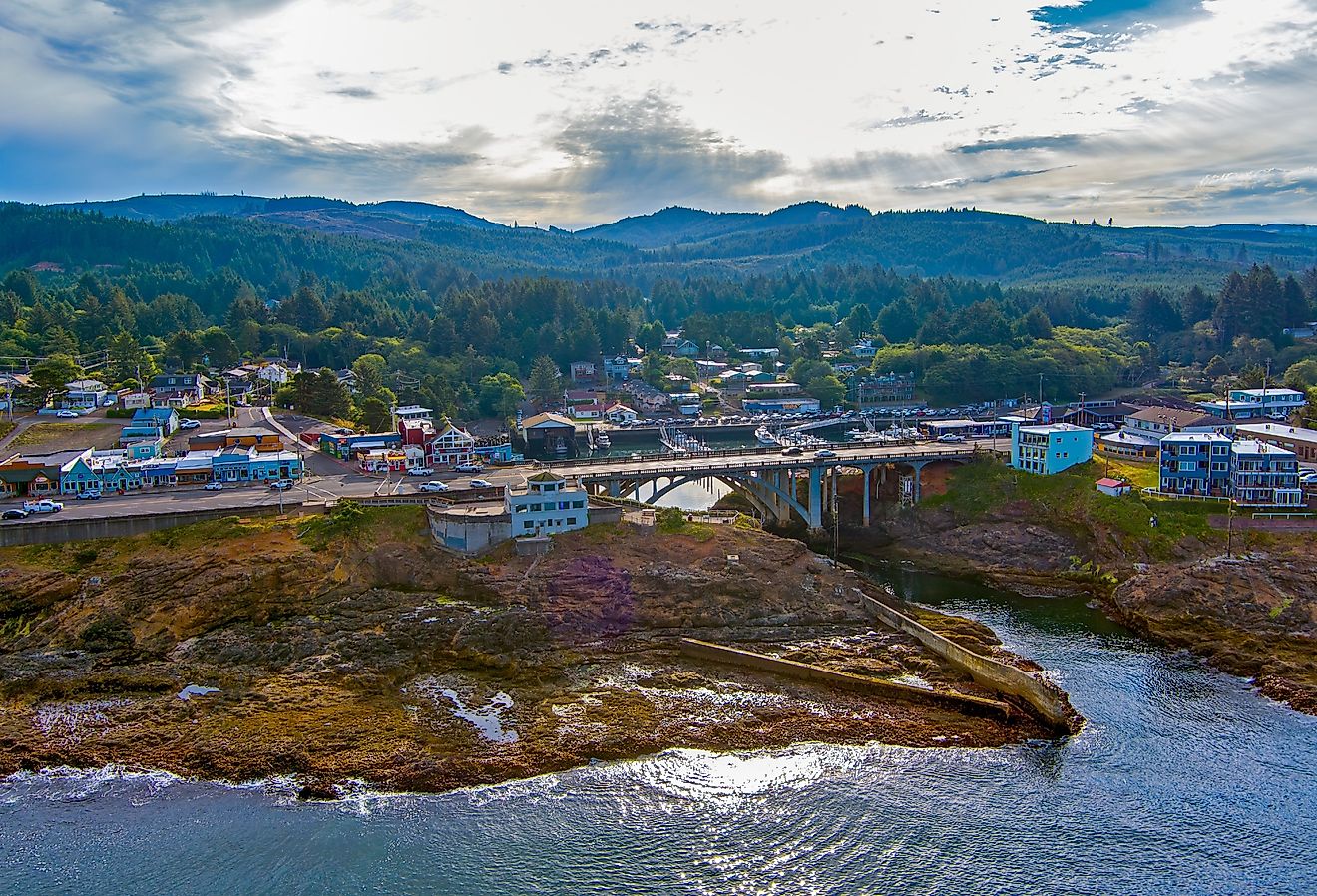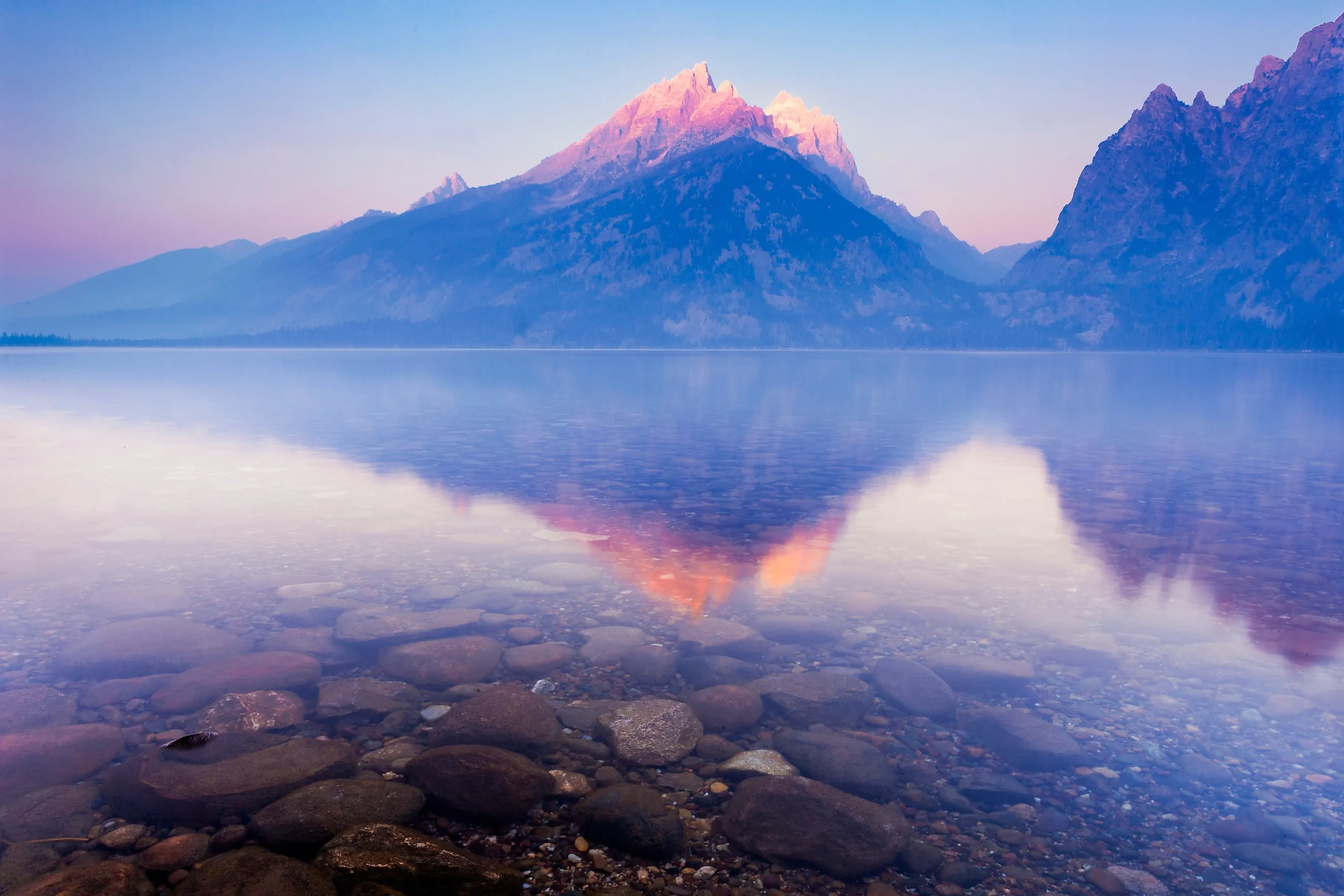
Grand Teton National Park, Where Sunrise Steals The Show
It’s truly impressive that Grand Teton National Park has avoided becoming a household name. Earning rave reviews from nature lovers around the world, the park has the scenic beauty to compete with the most iconic names in the National Park system. So why hasn’t it reached the same level of name recognition?
That might just be a quirk of its location. If you’re trying to compete for name recognition, being located only a stone’s throw from Yellowstone is a pretty bum deal. When it comes to natural splendor, the northern Rocky Mountains are a tough market. So maybe it was inevitable that Grand Teton National Park would go a little bit unsung — but visitors know that it’s no less rewarding to explore for that. Here’s why.
Where, What, and Why
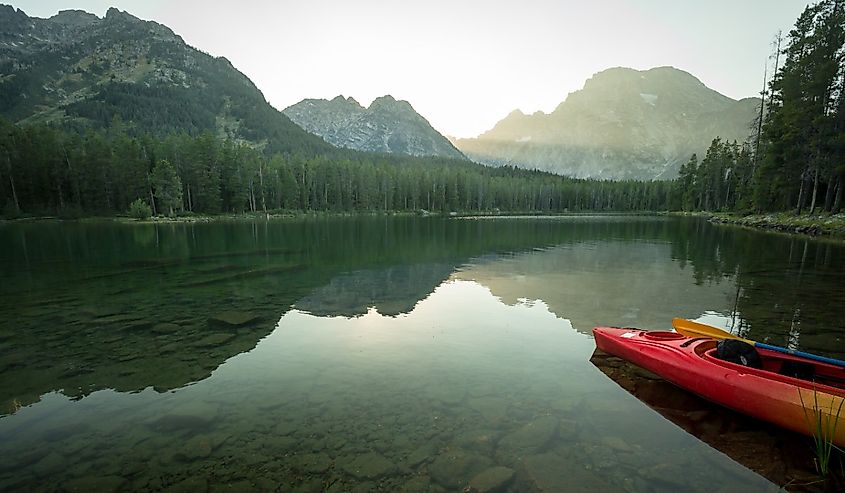
Let’s open with a representative fun fact: Grand Teton National Park might be remote and a little underrated, but it’s not by any means inaccessible - because it’s the only National Park that boasts an airport within park boundaries. The Jackson Hole Airport serves the park and its surroundings in northwestern Wyoming with direct flights to several major US airports. So, getting to Grand Teton National Park is shockingly easy — but what awaits you once you’re there?
It helps to know that Grand Teton National Park is named for the park’s tallest peak, because that’s the biggest draw here: the craggy peaks of the Teton Mountains. They ring the valley of Jackson Hole, where meadows cut by the Snake River give way to forested mountainsides and you can spot bison, grizzly bears, and just about any other iconic North American species your heart (or bucket list) desires. Alpine lakes complete the picture. (More on that to come.)
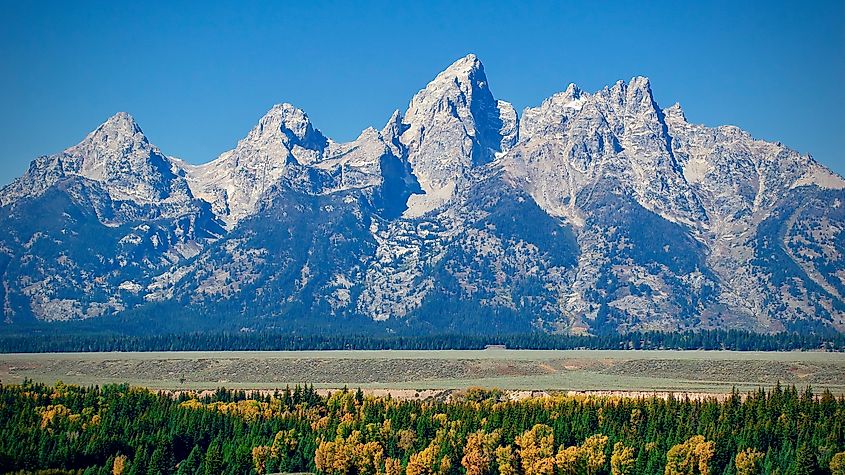
There’s much to interest geology nerds, too. Here, you’ll find some of North America’s oldest rock, dating back as much as 2.7 billion years. The collision of two tectonic plates was responsible for that, burying ancient sediment at the surface and allowing it to compact slowly into metamorphic rock.
Then came the mountain-building. As magma seeped through cracks in the metamorphic bedrock (a material called gneiss), granite rock formations began to take shape. These eventually formed many of the park’s peaks. Many others were formed as a result of seismic activity along the Teton Fault, which pushed up the bedrock to form the area’s highly photogenic present-day mountain range.
Grand Teton National Park is located in a region of incredible geological complexity, and we could talk rocks all day. But it doesn’t take any technical knowledge to recognize the wonders of this rugged land: all you have to do is look up from the valley floor at the soaring crags of the snow-capped Tetons above.
Park History
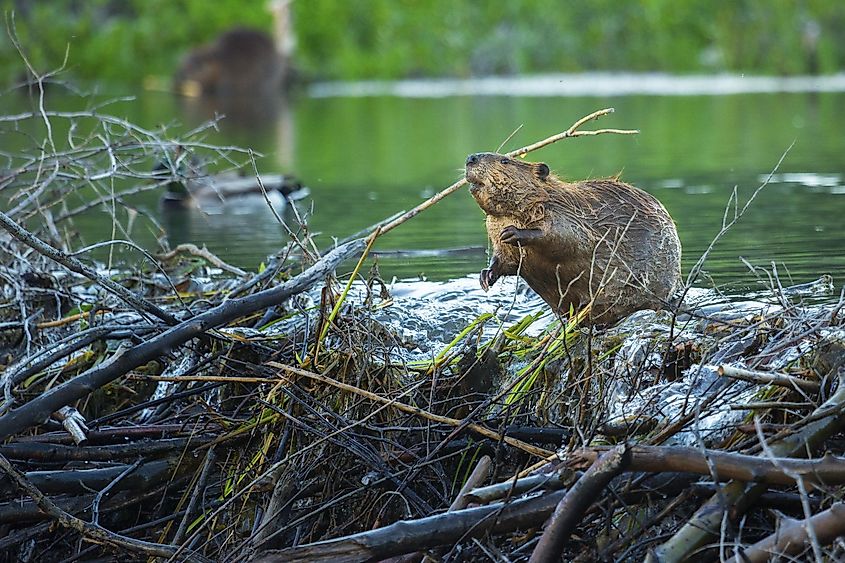
Despite its rugged terrain, the Grand Teton region contains evidence of human presence dating back at least 11,000 years. Almost as soon as the glaciers of the final Ice Age receded, some of North America’s earliest inhabitants moved in on the fertile, abundant valley. In the thousands of years to follow, it would continue to be a favored seasonal hunting and gathering ground for the region’s inhabitants.
In more recent history, it was the fur trade that began to put this region on the map. The valley of Jackson Hole attracted many beaver trappers looking to cash in on its abundant wildlife to sell furs back east. And though it deterred settlement due to its poor agricultural prospects, Jackson Hole became a hub for tourists with money to spare in the early 20th century for its purported “cowboy” ties.
This brought enough attention to the area that the original Grand Teton National Park was founded in 1929. Since then, the park has been expanded several times to protect the entirety of the valley, not simply the mountains and lakes included in the original boundaries.
Not to Be Missed in Grand Teton National Park
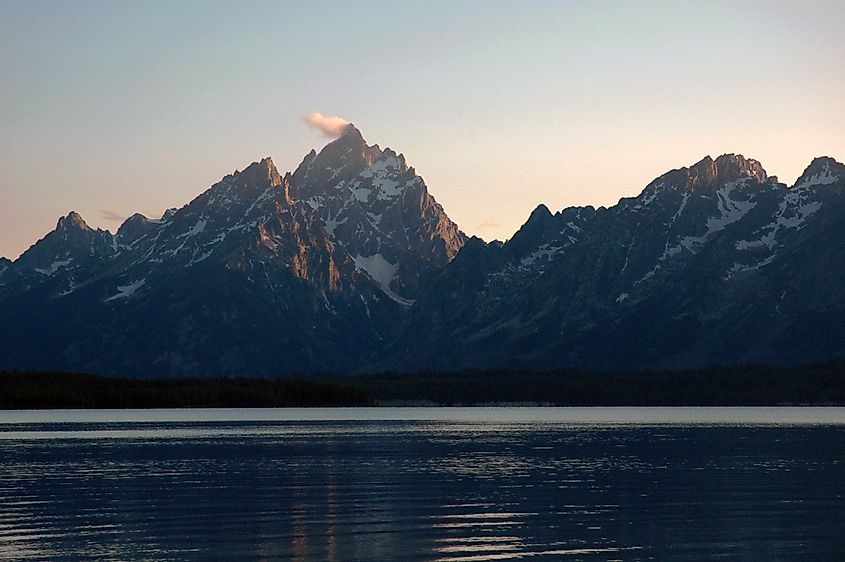
Grand Teton is an expansive park, divided into multiple unofficial “districts” that each offer unique sights. The southern park entrance in the town of Moose boasts most of the park’s historical spots; expansive Jackson Lake offers brilliant blue waters with panoramic mountain views and plenty of watersports opportunities — you’ll get something a little different in every corner of the park. But there are a few highlights you’d be remiss not to miss.
To many, Grand Teton offers no more spectacular sight than sawtooth peaks reflected across still Jenny Lake. Though the park boasts quite a few picturesque alpine lakes, this one is especially unmissable. On a clear day, it reflects the craggy peaks above, and even the least-skilled of photographers will come away with a snapshot to be very proud of.
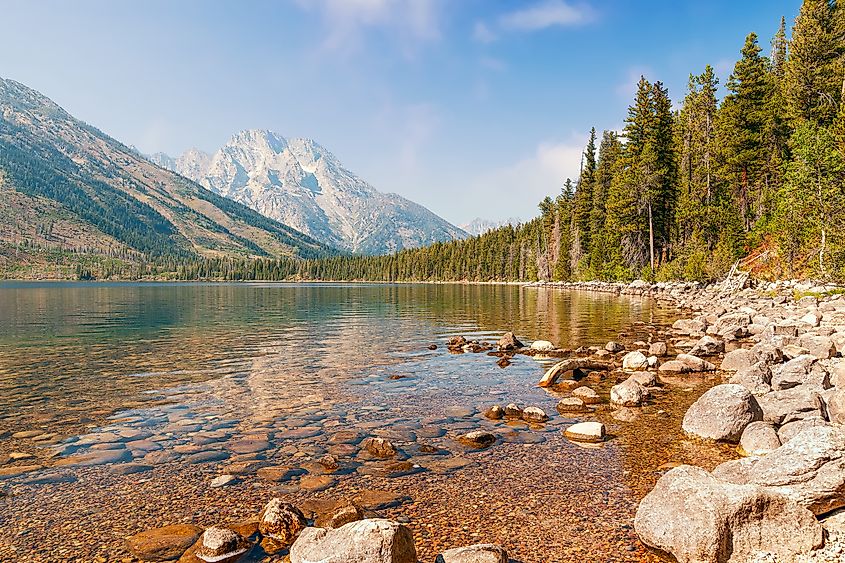
Grand Teton National Park’s wildlife is also a must-see attraction in and of itself. Though you never know exactly what you’ll see, you have excellent odds of spotting grizzly bears, beavers, eagles, pronghorn antelope, moose, elk, and bison. Hit Blacktail Pond for elk sightings, Timbered Island for pronghorns (North America’s fastest mammal), and Oxbow Bend for riparian species like moose and beavers.
While much of this wildlife is common to other National Parks in the northern Rockies, it’s rare to have so many opportunities for (relatively) easy wildlife sightings. And while some species, especially bears, are difficult to spot, you’ll almost certainly come away with some great memories of the local wildlife if you know the right spots.
Lastly, and perhaps least-expectedly, are the sunrises. Because the Teton Range points east, you’ll be able to see the sunrise light up the mountains every morning if you can bring yourself to wake up at the crack of dawn. It’s a sight you have to see to believe.
What to Do
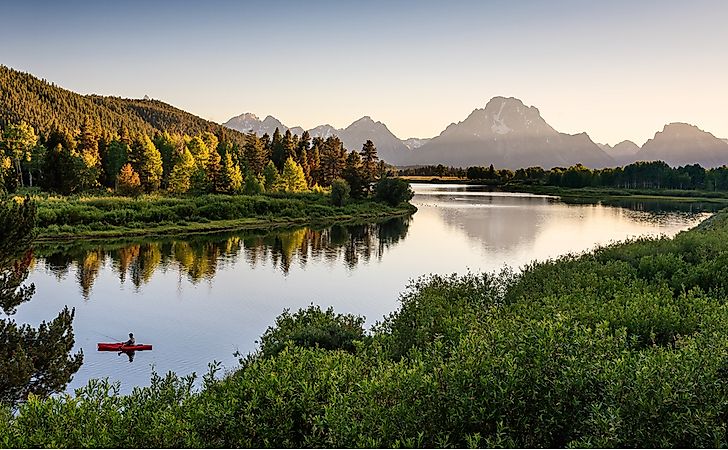
We’ve talked about wildlife viewing, and we’ve hinted at a few of the park’s most scenic spots — but how best to take in all that natural splendor? In Grand Teton National Park, you have plenty of options.
You could, for one, get out on the water. Boating on Grand Teton’s lakes, especially the aforementioned and iconic Jenny Lake, is one way to enjoy sweeping mountain views. Regardless of the boat you bring or rent, you’ll need a Grand Teton Boat Permit (yes, even for a kayak) and a Wyoming Aquatic Invasive Species decal. You could, relatedly, spend a day fishing (you’ll need a Wyoming fishing license) in the park’s lakes or the Snake River, known for its excellent trout fishery.
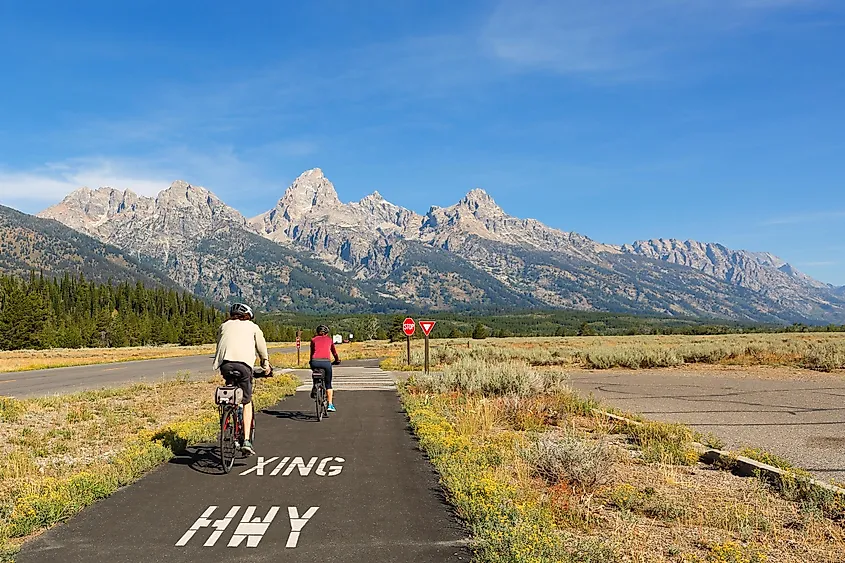
Or take to your wheels. If you’re not aiming to get a workout in, you can witness some of the most beautiful scenery in the park just by driving through. With four major scenic drives, it’s easy to make a day out of enjoying the scenery from behind the wheel; just drive slowly and be very mindful of passing wildlife. You could also try a different kind of wheels by biking the Grand Teton Pathway - for those who want to feel the burn, it’d be hard to find a more beautiful place to bike.
But the park’s main draw for many is hiking, and it truly is a hiker’s dream. Looking for something simple? The easy three-mile hike to and from Taggart Lake offers unbeatable views for the effort it costs you. Looking to go a little harder? The 7.1-mile Jenny Lake Loop is challenging, but not a mile will pass without a view you’ll want to stop and photograph. And the truly adventurous can opt for a mountaineering experience. Some routes, depending on difficulty, may require permits, as do any overnight stays in the backcountry; consult the park’s website before you head out if you’re interested.
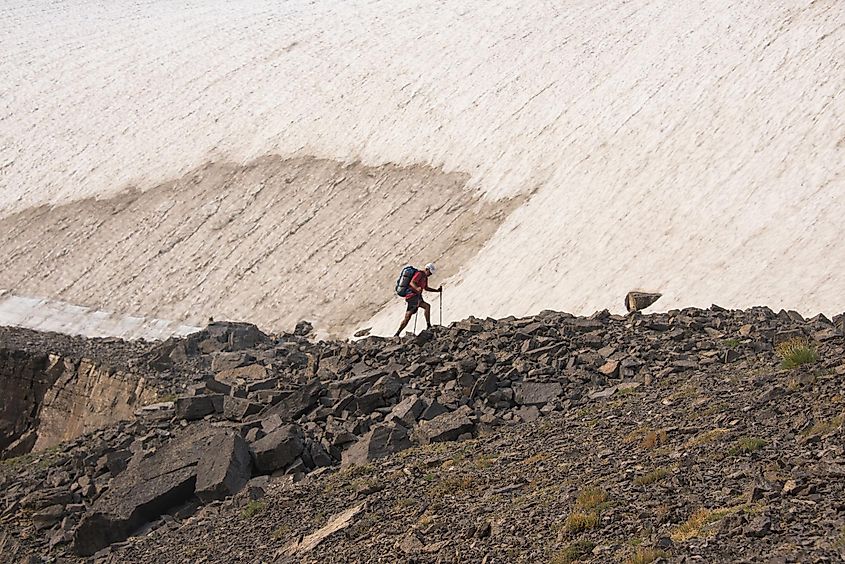
About camping: There are plenty of established campgrounds in the park, and free camping is also permitted if you secure a backcountry permit. You’ll need to make a reservation at one of the park’s six campgrounds if you want to use them; the National Park Service recommends six months’ advance planning to make sure you get a coveted spot. Campgrounds are fairly developed, with basic amenities available.
A Semi-Well-Kept-Secret
It wouldn’t exactly be accurate to call Grand Teton National Park underrated: it does consistently fall into the top 10 most-visited National Parks, and summer crowds can be bigger than you’d expect. But compared to nearby Yellowstone, its rugged mountain peaks and relative lack of crowds make Grand Teton feel worlds apart. So maybe it’s a good thing the place doesn’t have quite the name recognition of its neighbors - that leaves all the more for canny visitors to enjoy.
